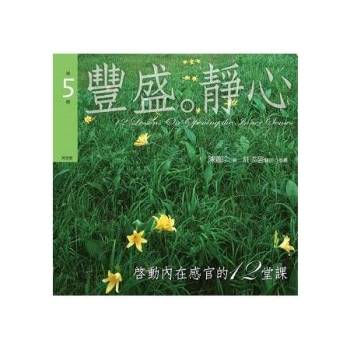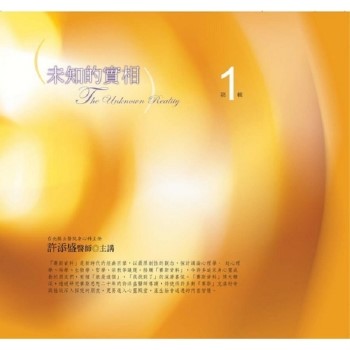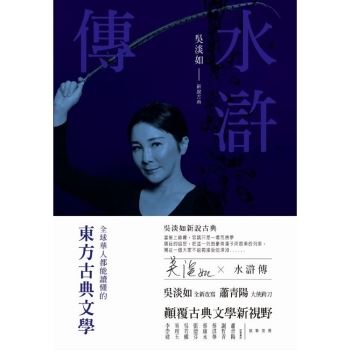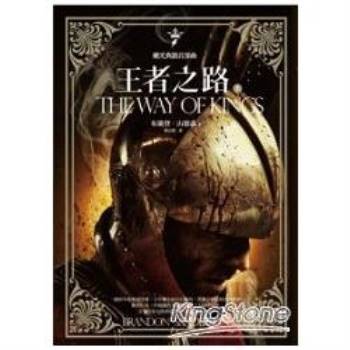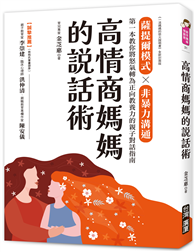Through the lens of the four
seasons--spring, summer, autumn, and winter--this publication explores intimate
visual storytelling embedded within small-scale Chinese landscape paintings.
Whether formatted in a popular fan shape, as an album leaf, a handscroll,
hanging scroll, or a glossy ceramic, the paintings featured in this publication
were intended to be studied up close and to be handled. Many of the paintings
combine the elevated art form of calligraphy with inscriptions that describe
famous Chinese painting styles, reference poetry, provide dedications to
friends and family, and offer dates for when the works were made.
Katherine
Anne Paul provides an overview of visual keys that unlock the seasonality in
the paintings. Intended to enhance and intensify the viewing experience,
calligraphy, an elevated artform unto itself,
compliments the paintings’ imagery. The intended audience of these works
could fully read the inscriptions, thereby understanding their personal,
poetic, and cultural significance. Ruoxin Wang’s English translations of the
inscriptions provide this understanding for all readers. Richard A. Pegg delves
into some of the deeper coded visual and cultural language of the potentially
"endless combinations of painting, poetry, and calligraphy." Kayi Ho discusses
how late Qing cultural elites of Guangdong "adapted the artistic tastes and
cultural practices popular in the Jiangnan area" to bring forward a
fluorescence of painting for this region while harnessing earlier precedents.
Doris Sung poses the question, "Why are there so few women in Chinese art
history?" and answers it in part by elevating named women painters in the late
Qing period. An interview with Curator Emeritus Donald A. Wood provides
insights into institutional transparency for acquisitions and provenance for
how two extraordinary but underknown collections of Guangdong regional painting
of the late Qing period and early Republic period came to Birmingham, Alabama.
Distributed on behalf of the Birmingham Museum of Art

 看圖書介紹
看圖書介紹